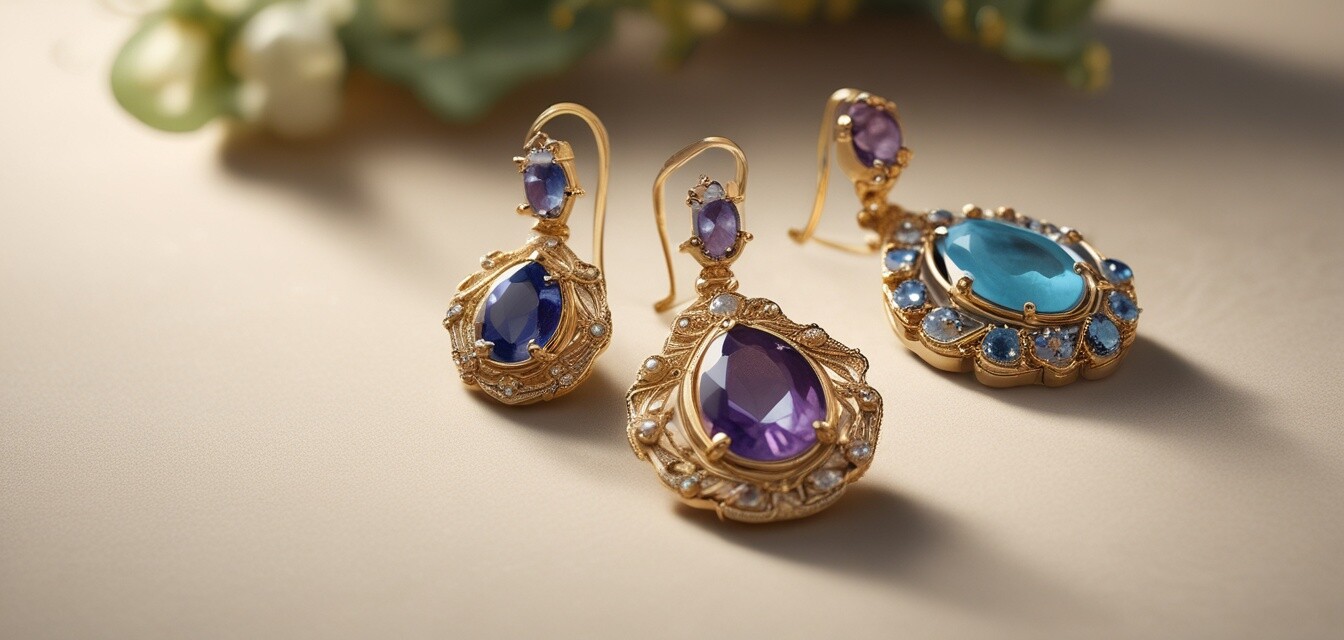
The impact of digital platforms on jewelry sales
Key Takeaways
- The rise of digital platforms has significantly changed how ethical and artisan jewelry is marketed and sold.
- Social media plays a crucial role in promoting artistry and unique styles.
- Marketplaces enable artisans to reach a global audience and amplify their brands.
- Online reviews and community engagement are vital for building trust and credibility.
- Transparency and sustainability attract consumers who prioritize ethical shopping.
The dynamic nature of digital platforms has transformed various industries, and the jewelry sector is no exception. With the emergence of online marketplaces and social media channels, ethical and artisan jewelry sales are witnessing a groundbreaking shift. This article explores how digital platforms reshape the sales landscape for these unique products, enhancing visibility, accessibility, and consumer engagement.
Digital platforms in the jewelry world
Today’s consumers are increasingly gravitating toward digital avenues for conducting their shopping. The jewelry industry has adapted to this change by leveraging technologies and platforms such as:
- Online marketplaces (e.g., Amazon, Etsy)
- Social media platforms (e.g., Instagram, Pinterest)
- Brand-owned online stores
- Influencer collaborations and reviews
These platforms serve as vital touchpoints for consumers to discover, explore, and purchase ethical gemstone jewelry. By embracing the digital realm, various brands can effectively showcase their unique designs and sustainable practices.
The role of social media
Social media has emerged as a game-changer for jewelry brands, especially artisans focused on ethical practices. Here are some ways social media influences their sales:
- Visual storytelling: Platforms like Instagram allow brands to narrate their journey through stunning visuals, showcasing craftsmanship and ethics.
- Community building: Brands can foster communities around shared values, engaging their audience with meaningful content.
- Real-time feedback: Social media provides instant feedback, enabling brands to adapt and innovate based on consumer preferences.
By establishing a strong online presence, artisans can connect directly with consumers, enhancing their sales potential while promoting their unique values.
Online marketplaces: A new frontier
Online marketplaces have expanded the reach of ethical jewelry brands, allowing them to target a more extensive and diverse audience than ever before. Here are some advantages of selling through online marketplaces:
| Advantage | Description |
|---|---|
| Global Reach | Artisans can sell their products worldwide without the need for a physical store. |
| Lower Overhead Costs | Setting up a digital shop on these platforms is usually less expensive than running a brick-and-mortar business. |
| Built-in Customer Base | Marketplaces already have a large audience, allowing artisans to tap into established consumer traffic. |
| Marketing Support | Many platforms offer promotional tools and advertising, increasing visibility. |
Due to these advantages, many artisans are turning to platforms like Etsy and Amazon to set up their storefronts and reach new customers.
Sustainability and transparency in the digital age
As consumers become increasingly conscious of their purchasing decisions, they seek out brands that resonate with their values. Sustainable and ethical practices are at the forefront of this consciousness. Digital platforms allow brands to communicate their commitment to these values through:
- Transparency: Artisans can share their sourcing methods, labor practices, and environmental impact.
- Certifications: Displaying ethical certifications prominently builds trust with potential buyers.
- Storytelling: Sharing the backstory of the jewelry pieces emphasizes their uniqueness and may attract more buyers.
Artisans who effectively convey their messages about sustainability are likely to see increased sales and customer loyalty in this evolving digital landscape.
The importance of reviews and community engagement
In the age of digital commerce, customer reviews can make or break a sale. Online consumers often seek feedback from previous buyers before making purchasing decisions. Engaging with customers and asking for their input can help cultivate a positive brand image. Important aspects include:
- Encouraging satisfied customers to leave feedback on platforms.
- Responding to comments and questions promptly to show dedication.
- Creating polls and surveys to gain insights into consumer preferences.
Online communities contribute to a brand's relevance, drawing from shared experiences and values. This engagement ultimately leads to increased sales and brand loyalty.
Challenges in a digital landscape
While the digital transition offers numerous opportunities for artisan jewelry brands, it also presents some challenges, such as:
- Increased competition: The digital world is crowded, and standing out requires continual effort and innovation.
- Maintaining brand identity: As brands expand their reach, they must ensure their distinct voice and values are consistently represented.
- Adapting to technology: Rapid technological advancements require brands to keep up and invest in the necessary tools.
Addressing these challenges is essential for long-term success. Brands that stay informed and flexible will thrive.
Conclusion
The impact of digital platforms on jewelry sales cannot be underestimated. They have revolutionized how consumers discover, engage with, and purchase ethical and artisan jewelry. By leveraging these platforms effectively, brands can expand their reach, build communities, and foster a positive culture around sustainability. It's clear that the jewelry industry is embracing this digital shift wholeheartedly, creating new opportunities for artisans and consumers alike.
Pros
- Wider audience reach
- Lower operational costs
- Real-time customer interaction
- Enhanced brand storytelling opportunities
Cons
- Intense competition in a crowded market
- Challenge in maintaining brand identity
- Rapid technological changes may require continuous adaptation